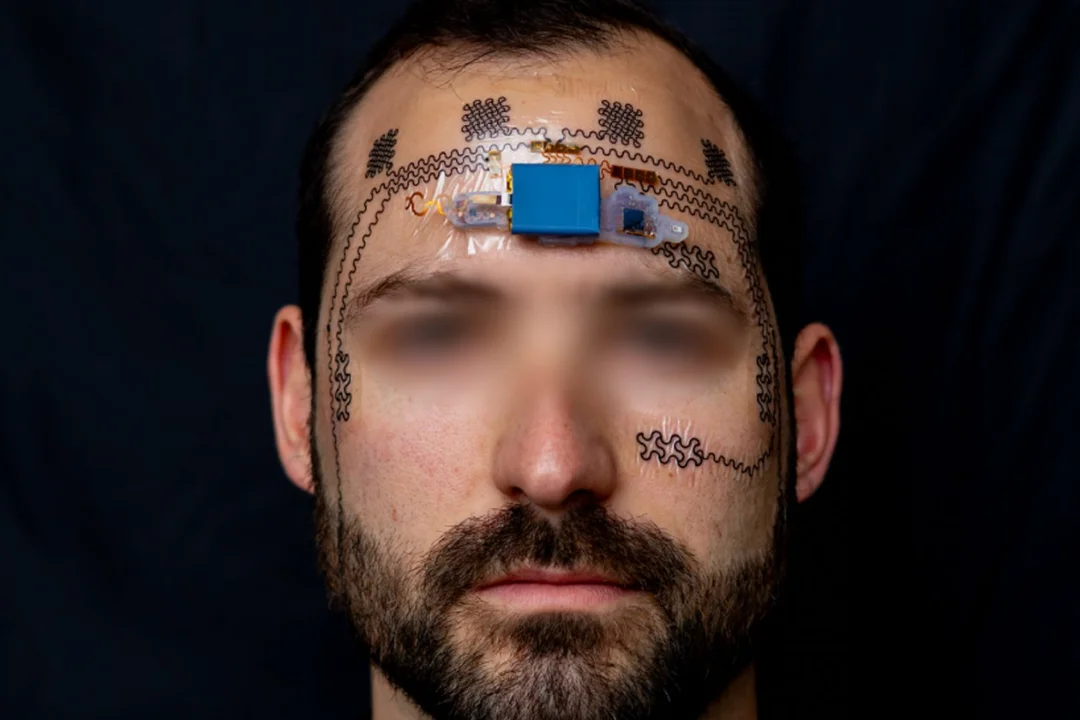
‘E-Tattoo’ to Monitor Mental Workload: Preventing Burnout with Real-Time Brainwave Tracking
Imagine a world where your mental workload is constantly monitored, giving you a real-time warning before you reach a breaking point. Researchers at the University of Texas at Austin are bringing this futuristic vision closer to reality with an innovative e-tattoo designed to track mental workload.
This groundbreaking technology, detailed in the journal Device, aims to help individuals in high-stakes, high-demand jobs, such as pilots and healthcare workers, manage their cognitive stress levels. Dr. Nanshu Lu, a lead researcher on the project, envisions this real-time mental workload decoder providing crucial warnings, allowing users to self-adjust, delegate tasks to AI or coworkers, and ultimately protect both their performance and health.

Traditional methods of assessing mental workload, such as questionnaires, are often subjective and conducted after the task is completed. Existing electroencephalography (EEG) and electrooculography (EOG) devices, while capable of measuring brain waves and eye movements, are often bulky, wired, and susceptible to errors caused by movement. The e-tattoo offers a lightweight, flexible, and wireless alternative.
The e-tattoo, applied to the forehead using a conductive adhesive film, consists of a graphite-based conductive material in a wiggly path. Four square EEG electrodes detect brain activity from different regions, while rectangular EOG electrodes track eye movements. This bespoke, disposable device connects to a reusable flexible printed circuit and can be powered by a lightweight battery.
Testing the technology on participants, the team found the e-tattoo performed as accurately as traditional EEG and EOG devices. Participants engaged in a task where they had to recall letters, and the researchers observed shifts in brainwave activity corresponding to increased mental workload as the task became more challenging.
The EEG and EOG data, along with task difficulty levels, were fed into a machine-learning algorithm. After training, the algorithm could predict a participant's mental workload based solely on their EEG and EOG data with increasing accuracy.
Dr. Lu estimates that the full device, including the chip and battery, should cost less than $200. The team is currently developing the technology to decode signals directly on the device's microprocessor, allowing it to send alerts to the user via a dedicated app when their mental workload becomes too high.
Interestingly, the solution isn't simply to switch to an easier task. As Dr. Lu points out, “Previous studies indicated that the optimal mental performance occurs when the mental workload demand is not too low or too high. When it’s too low, it’s very boring, and the people will just lose focus.” The e-tattoo aims to help users find that sweet spot of optimal cognitive engagement.
Could this technology revolutionize how we manage mental stress in demanding professions? What are the potential applications beyond high-stakes jobs? Share your thoughts and concerns in the comments below!